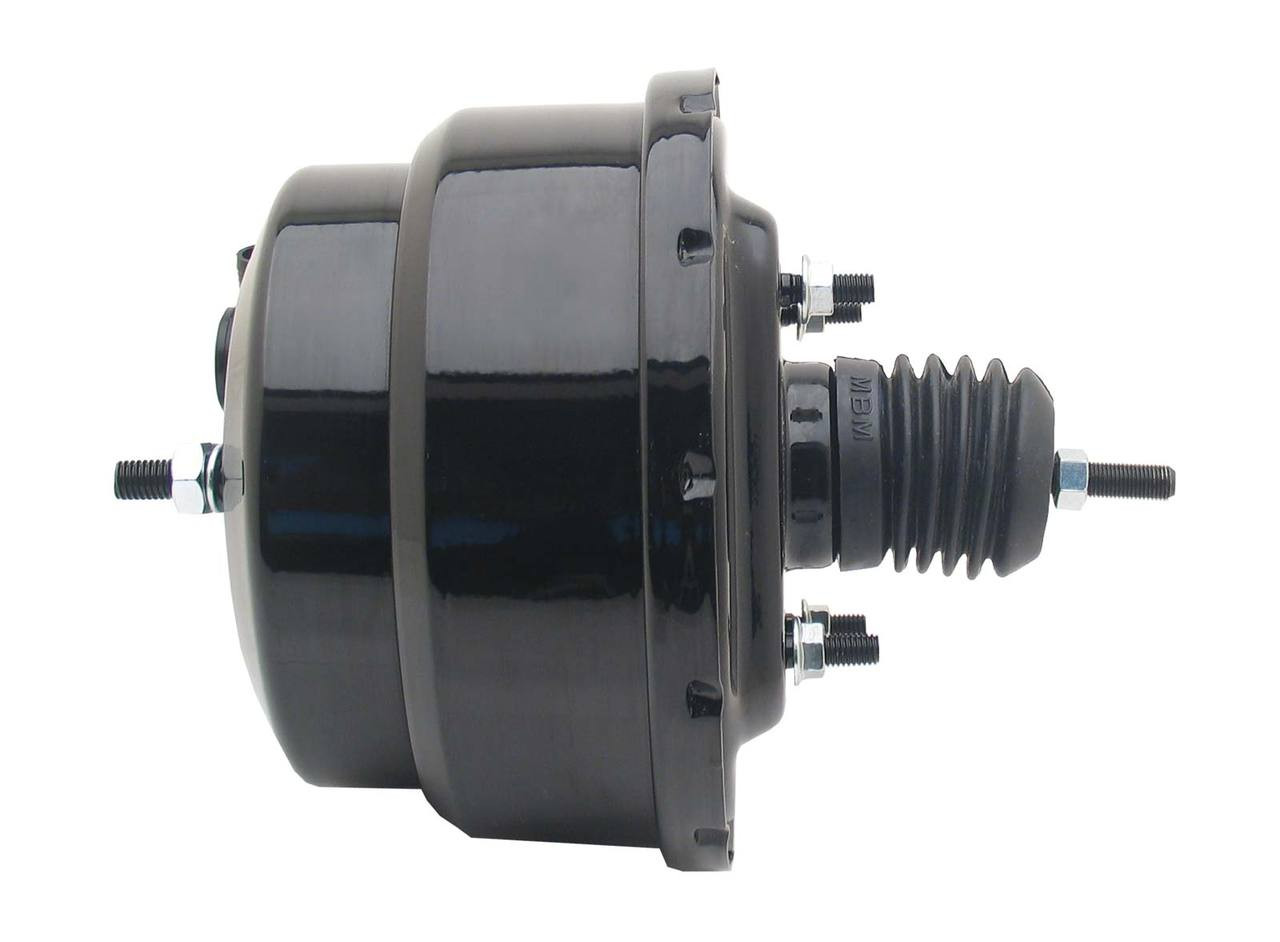
For more information on brake boosters, chat with a knowledgeable expert at your l ocal NAPA AUTO PARTS store. Whether vacuum-, electric- or water-powered, brake boosters have made driving easier and safer for all vehicles on the road.Ĭheck out all the brake parts available on NAPA Online or trust one of our 17,000 NAPA AutoCare locations for routine maintenance and repairs. This Hydro-Boost hydraulic power brake booster is a retrofit for 99-04 Ford F250, F350, F450, and F550 s The answer to all of the problems associated with high performance vehicles. You’ll sometimes see a hydroboost system used on supercharged and turbocharged vehicles, as well. The problem is the power-brake booster needs between 14 and 16 inches of vacuum (depending on whom you ask) to properly assist the brakes.Hydroboost makes use of the hydraulic pressure offered by the vehicle’s power-steering pump to generate even more stopping power than can be provided by vacuum alone. On many diesel-powered trucks or vehicles that tow heavy loads, a hydroboost system is used instead. Not all systems use engine vacuum, however. Electric vacuum pumps are also occasionally used on gasoline vehicles to ensure constant, steady vacuum for the brakes. It’s also important to note that since diesel engines don’t generate a vacuum of their own, they require a separate vacuum pump to operate the booster. There’s a valve inside the brake booster that preserves the vacuum even if the engine shuts off, so that you don’t lose braking assistance if your vehicle stalls. It’s a simple, yet very effective system for increasing braking force without giving your right leg too much of a workout. The pressure differential between the two sides adds extra force to the master cylinder piston. It also opens a valve inside the booster, allowing air to enter one side of it (which is separated into two halves by a diaphragm). As you push the brake pedal, a shaft moves through the booster on its way to pushing the piston in the master cylinder. The most common type of brake booster is a vacuum booster, which takes the vacuum generated by gasoline and uses it to create a partial vacuum inside the booster.

So, what is a brake booster? It’s the component that’s responsible for providing that extra helping hand. Today, brakes use power assistance to ensure fluid is forced to the pistons (or in rare cases, the drum brake cylinders) as quickly as possible and with as much force as necessary. This force reduction is like using a long lever to amplify your foot’s strength on the pedal. They did this by translating the travel of the brake pedal into the much shorter action of the master cylinder’s piston into the even smaller distance traveled by each individual brake caliper or drum component.
#Power booster brake manual
Manual braking systems relied on mechanical leverage to send hydraulic fluid through the system with enough force to push the pistons or the drum cylinders at the front and rear wheels. Let’s take a look at how this technology works, and discuss its role in your car or truck’s braking system. Luckily, today’s cars have a much more reliable, controllable and safe way to distribute braking force.


#Power booster brake drivers
Once upon a time, drivers had to rely on very basic mechanical braking setups that channeled the foot’s force on a pedal to each corner’s stopper. Asking “what is a brake booster” takes you to the heart of how modern braking technology works under your vehicle’s hood.


 0 kommentar(er)
0 kommentar(er)
